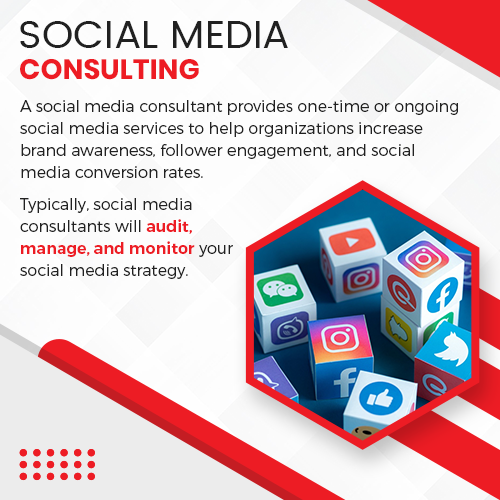Rebranding Even the most successful companies can hit a point in their development when sales are stagnant or declining and market position is slipping. If this describes the current state of your organization, you might have started to reevaluate the effectiveness of the brand strategy that was once so successful for but seems to be failing. The two choices available to you are rebranding and repositioning.
Making the commitment to improve your market share
Make no mistake about it, whether you choose to rebrand or reposition, you are committing to an overhaul designed to change how consumers see your
company
and the products and services it offers. Whether your company commits to rebranding or repositioning, it is essentially reinventing itself. YourBrand can help you to make the right decision at the optimal time to increase sales, stimulate growth and get your company back on track to assume a leadership position in its industry and marketplace.
Rebranding: Changing your company’s identity
Rebranding is a change of your company’s identity. Companies choose to rebrand for many reasons, but some of the more common reasons include:
- Brand confusion
- Obsolete or outmoded logos or graphics
- Old-fashion or outdated slogans
- Tarnished company image
- Tarnished product image
When a company elects to rebrand, it is engaging in a process that should, if successful, result in a new and improved image. Elements of a rebranding strategy could involve any or all of the following:
- New company name
- Updated or new logo
- Refurbished color scheme
- New fonts
- Changes to slogans
Development of a rebranding strategy should begin with market research to determine how consumers are likely to respond to any changes in the appearance and identity of your company. When Coca-Cola decided to introduce the first change in its formula in almost 100 years in the mid-1980s, it wanted to stimulated consumer interest and increase sales. Its removal of the old formula from the market lasted only 79 days before the company was forced reintroduce the old product and admit it had failed to anticipate the negative reaction consumers would have to the change.
Repositioning: Changing your company’s values and principles
Introduction of a new product line might require a repositioning of your brand to focus consumer attention on the new line. Nike has repositioned itself many times since it entered the athletic footwear industry more than 50 years ago. The company has taken itself and its product lines from an athletic footwear company appealing primarily to runners and turned itself into a global company with products for all sports and for consumers of all ages and gender regardless of their athletic ability.
Repositioning is normally not associated with a brand change. Instead, slogans might be updated along with the message the company wants to convey about the products or services it offers.
Whether repositioning or rebranding is the direction your company should go, YourBrand has the experience to guide you through the process. YourBrand understands what businesses want to achieve through rebranding and repositioning and has the staff to develop and implement the strategy that works best for your company.










